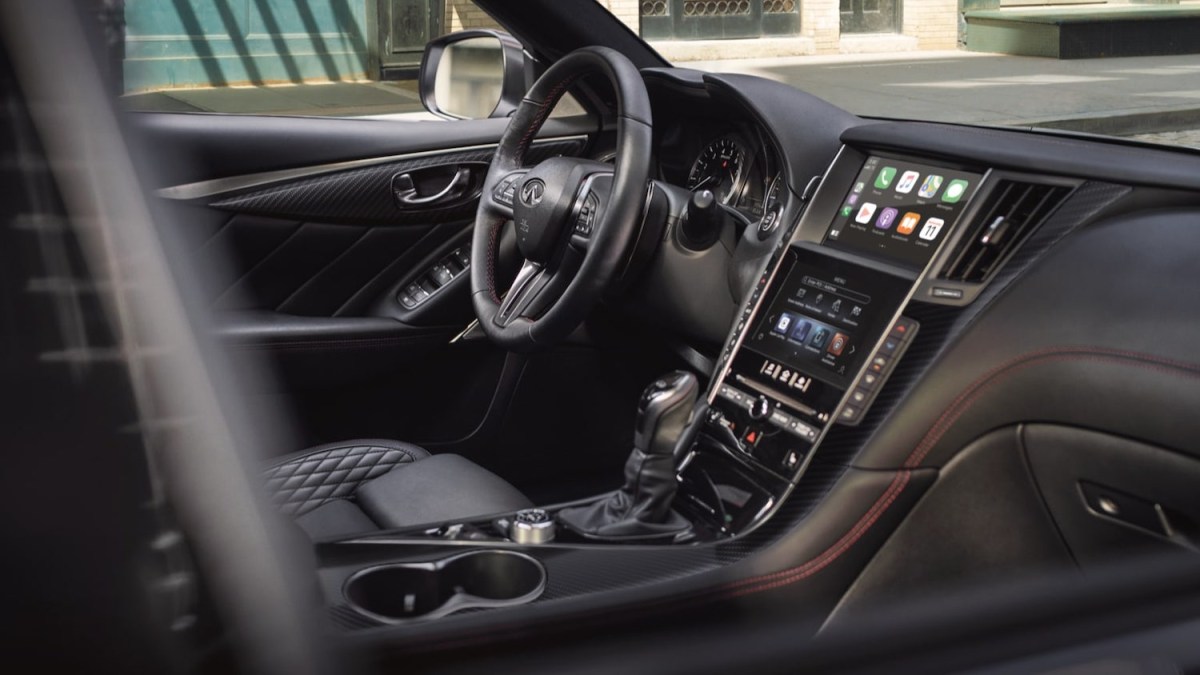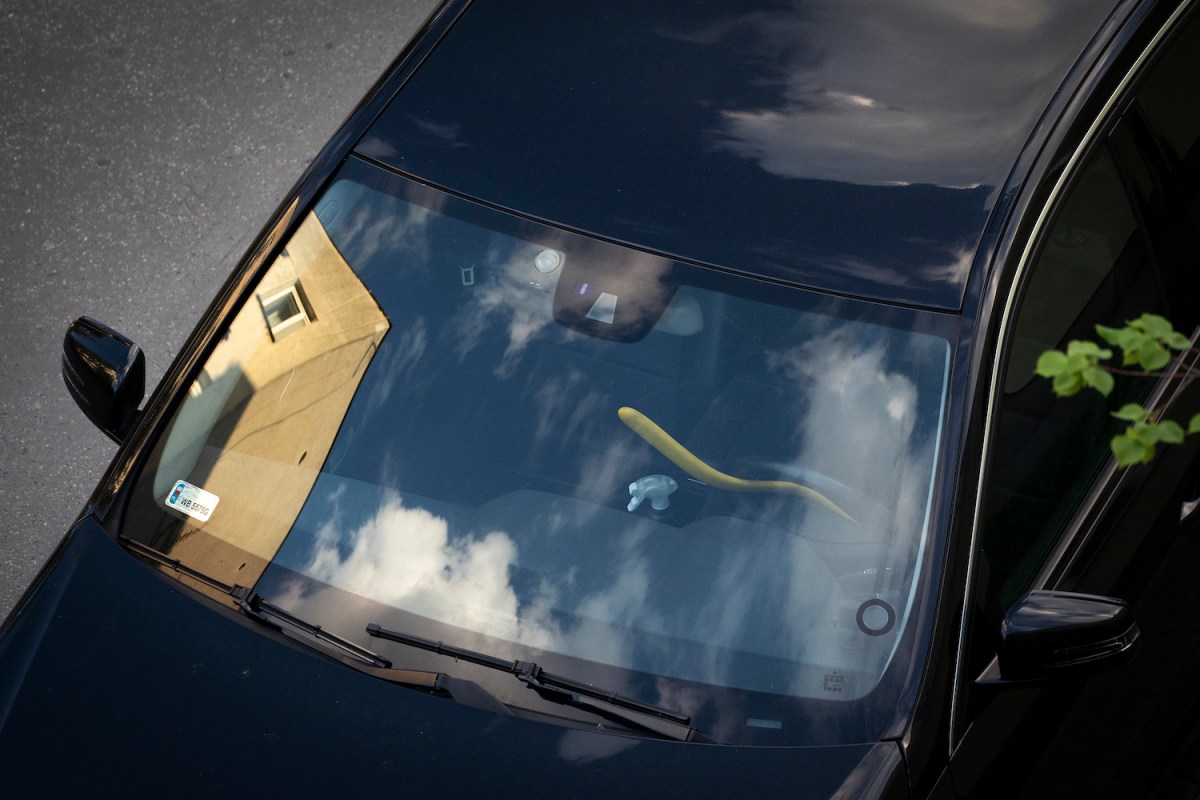
This Is the Most Stolen Luxury Car in America
Car thievery is unavoidable, even when it comes to luxury cars. IIHS releases a detailed report every few years, itemizing each stolen car and organizing by the number of claims. For 2019’s report, the 2016-2018 Dodge Charger took first place with the highest claim frequency. Next up was its big brother, the Dodge Challenger SRT Hellcat, and not so far behind came the Infiniti Q50 sedan. A claim frequency denotes the likelihood someone will file a claim in a percentage. In the Q50’s case, it is 525-times more likely to be reported stolen than the average claim frequency. On the flip side, the BMW 3-series is the least likely, with an extremely low claim frequency.
What exactly makes the Inifinit Q50 so irresistible?

The Q50 sedan is a sports luxury car with three engine choices from the factory. Customers can choose a 208-hp inline-four, a 300-hp twin-turbocharged V6, or a 360-hp hybrid powerplant. These can push power through rear or all-wheel-drive configurations. For a luxury sedan, the Q50 doesn’t appear to offer many amenities like its competition does. Car and Driver describes the ride as jittery, and appears to be unpredictable if traveling in any trajectory other than a straight line.
It’s cited as being more comfort than performance-focused. Based on what the car has to offer, it doesn’t seem a likely candidate, but thieves probably care more about how easy it is to steal. According to Infiniti owners and the NICB, there are a few things that make the Q50 easy to steal.
What makes the Q50 so easy to steal?

One popular method allegedly involves the control module. It’s located under the steering column in every Nissan, at least every late model Nissan. A thief can go to a junk yard, take a control model from a Nissan, and swap it into the Q50. Now they have a key that works, can start the car and drive off. This method apparently isn’t as easy as all that. Instead, thieves may go for a “relay attack” on the Passive Keyless Entry System (PKES).
What is a relay attack?

It only works on cars that use key fobs to enter and start up, but if done correctly is fast and quiet. When trying to enter a Q50 with a key fob, pressing the unlock button on the door sends a request for authorization from the fob to the door. If approved, the door unlocks and you can get in. A second request for authorization sends when the driver presses the engine start button. If the request is approved, the engine starts.
Thieves are using two-way radios to steal cars from in front of peoples’ homes in teams of at least two. One thief holds a radio next to the car, while the other holds one near the house, in hopes that it picks up a signal from the key fob. The thief next to the car presses the unlock button, while the other looks for a signal. If within range, the radio will relay the signal to the key fob and unlock the car. From there it’s the same process for starting the car.
How to protect against thievery

NICB and Consumer Reports have detailed advice on how to prevent car thievery. Nothing beats the tried and true brute force methods of theft prevention. Place the key fob as far from the car as possible overnight would be the simplest way, but still not a guarantee. Audible alarms can work as well. More intense solutions involve locking the steering wheel or the wheels themselves.
More technical (and somewhat finicky at times) solutions involve fuse cut-offs, kill switches, and disablers for the starter and ignition system. The best way to abstain from being a victim of thievery is of course common sense. Lock everything and park in secure locations.


